Learn To Paint and unlock your creative potential with LEARNS.EDU.VN’s comprehensive guide, designed for artists of all levels. Discover essential painting techniques and artistic principles. This guide will equip you with the knowledge and confidence to start your artistic journey, emphasizing painting education, visual arts guidance, and creative expression.
1. Choose the Art Medium That Resonates With You
Forget the myth that you must start with watercolors and work your way up to oils. There’s no set order. Begin with the medium that excites you most. All paints use the same pigments – the actual color. What differs is the substance mixed with the pigment, which alters the paint’s look and behavior.
Follow your passion and curiosity. This is how you establish an art practice you genuinely love.
1.1 Quick Guide to Different Art Mediums
| Medium | Description | Pros | Cons |
|---|---|---|---|
| Watercolor | Water-based; about controlling water flow. | Easy cleanup. | Difficult to master due to transparency and inability to fix mistakes. |
| Gouache | Opaque watercolor; thick and covers mistakes. | Covers mistakes, similar process to acrylic/oil/pastel. | May dry quickly. |
| Acrylic | Dries fast, great for layering. | Fast drying, water-based (easy cleanup), dries hard like oil. | Dries very quickly, making blending challenging. |
| Pastel | Beautiful colors, no brushes needed. | No brushes required, vibrant colors. | Can be expensive due to needing a stick for each color. |
| Oil | Rich color, stays vibrant and glossy, slow drying. | Blending and corrections are easy, rich color that stays vibrant. | Slow drying time. |
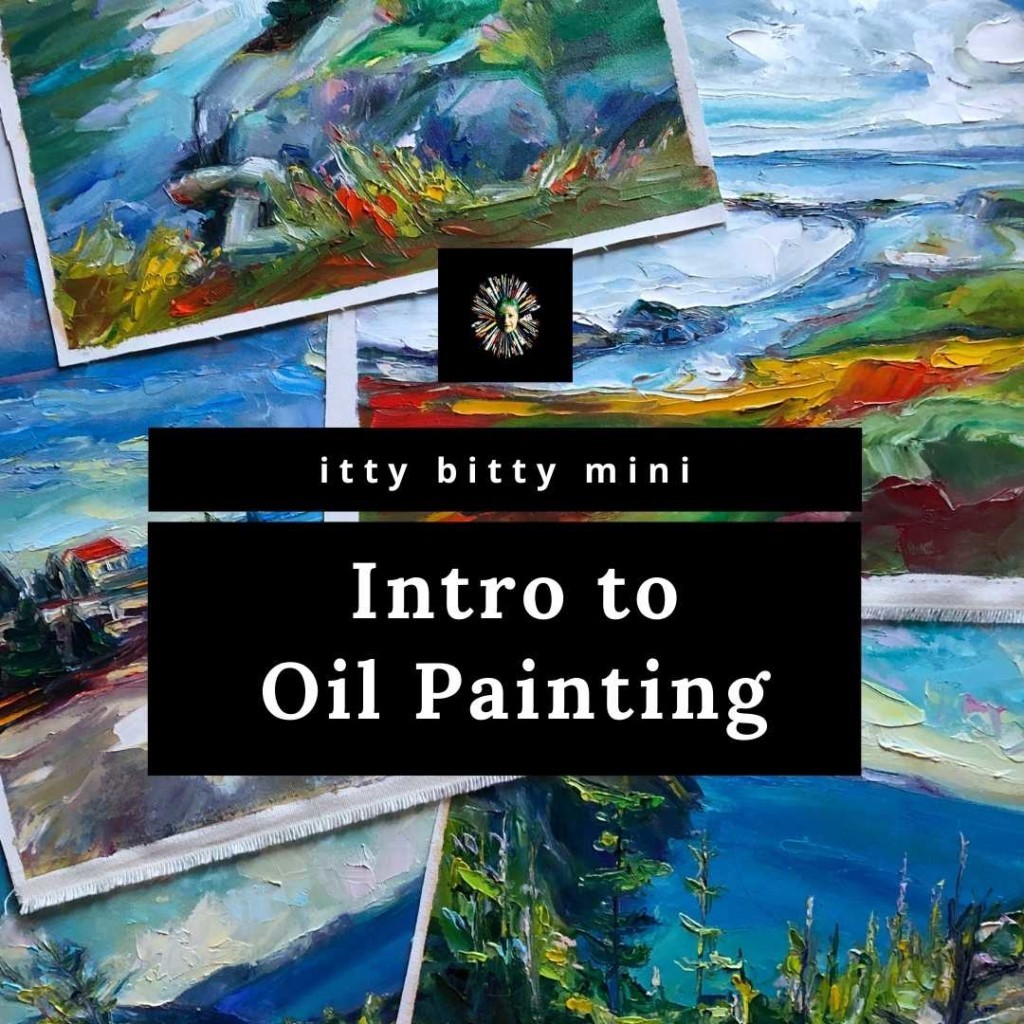
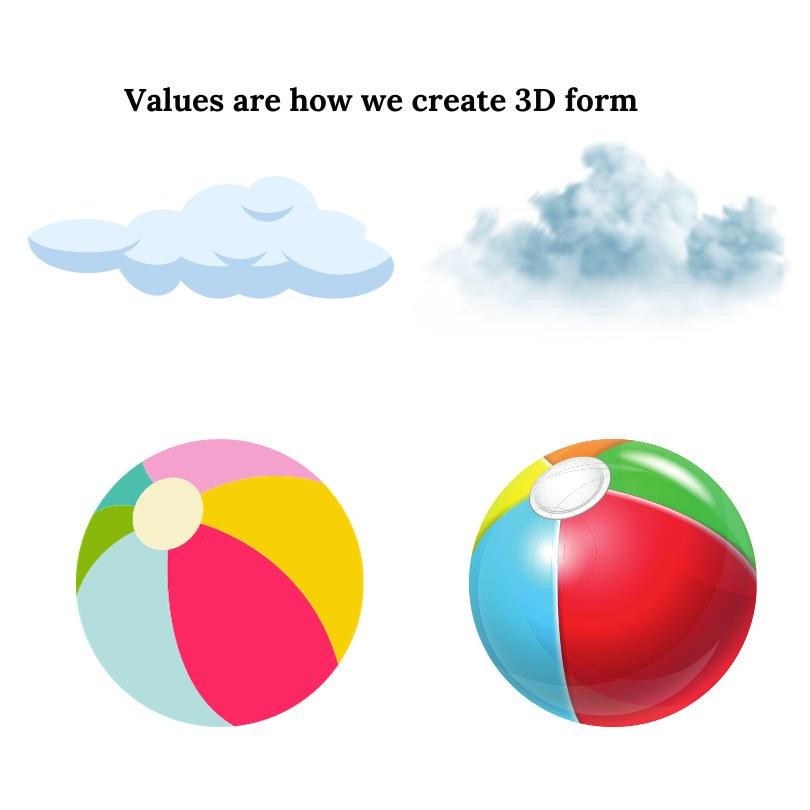
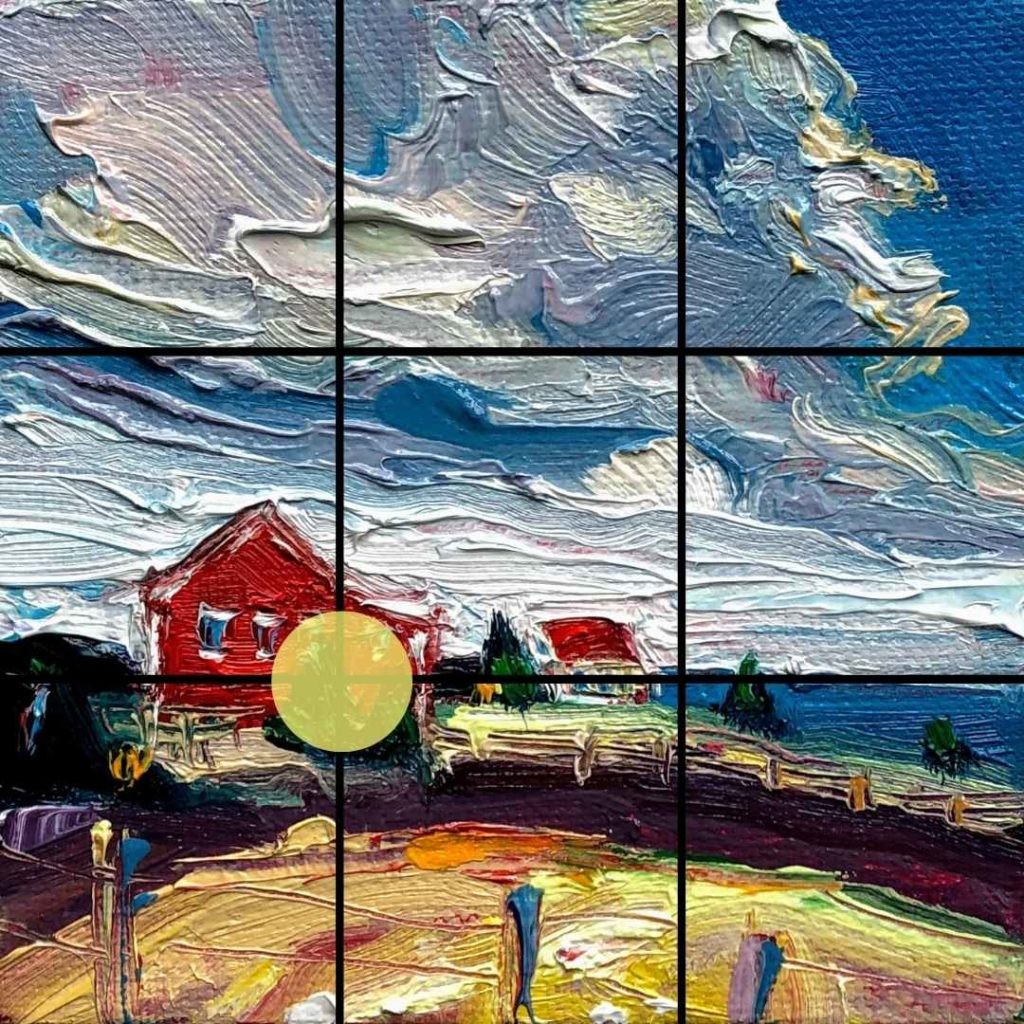
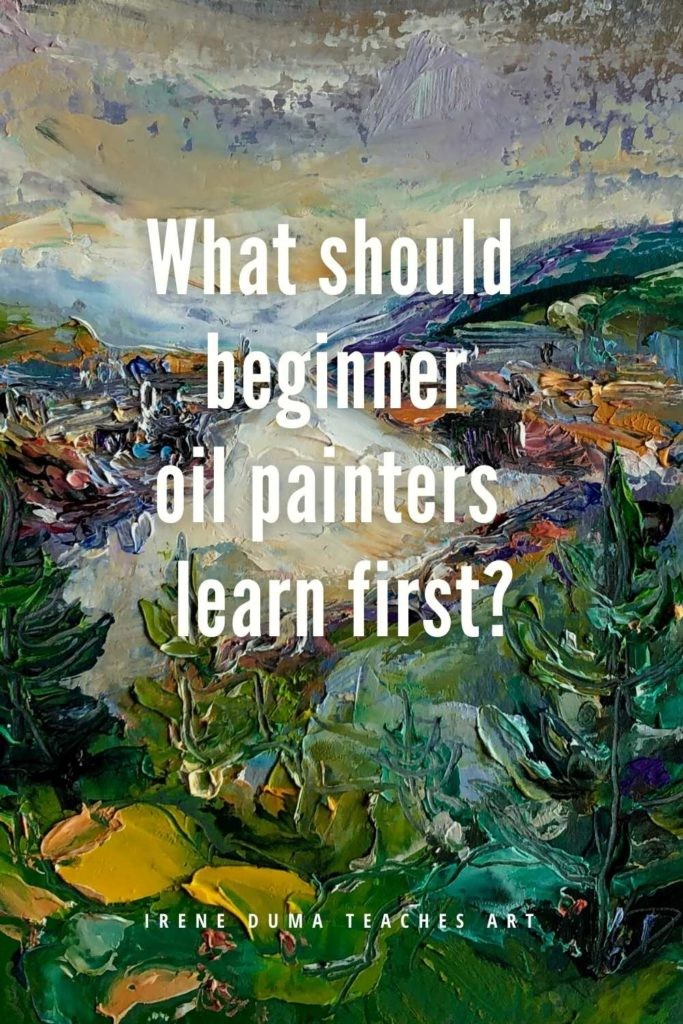
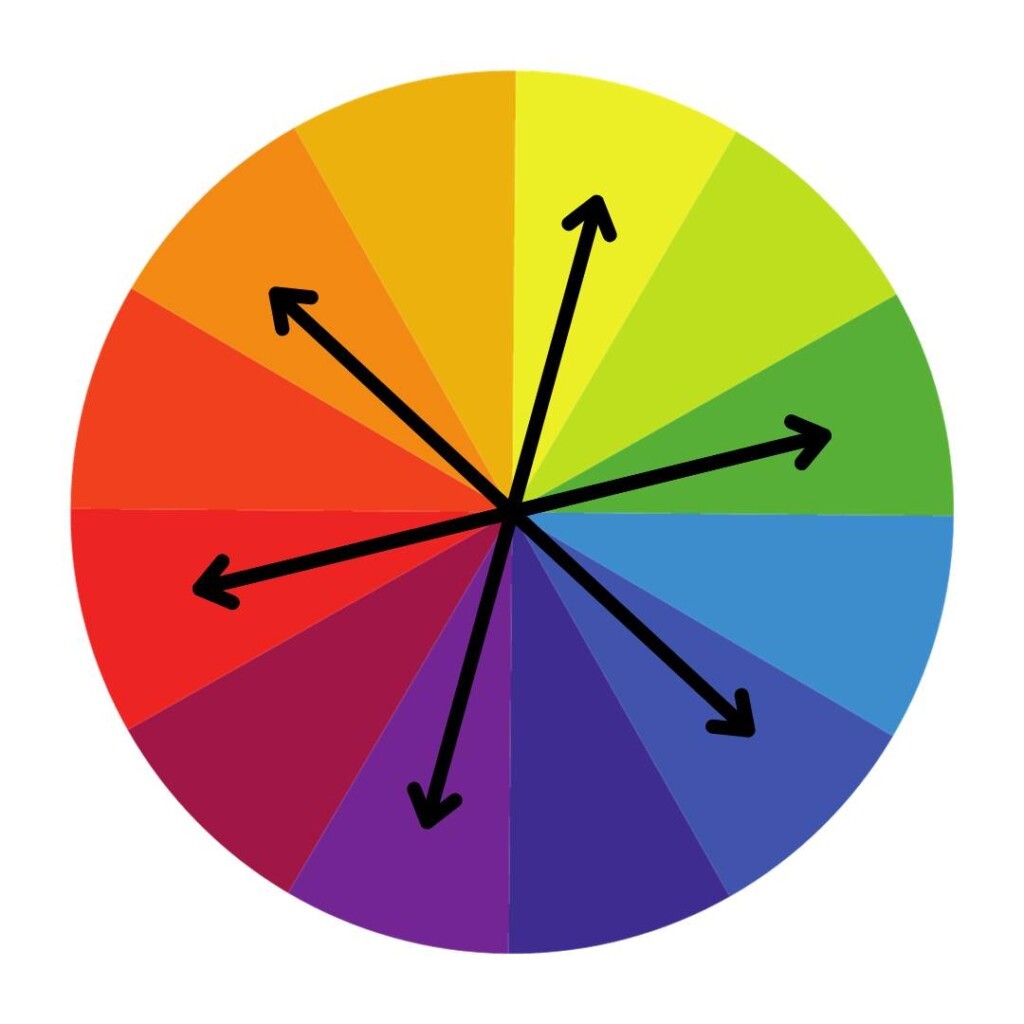
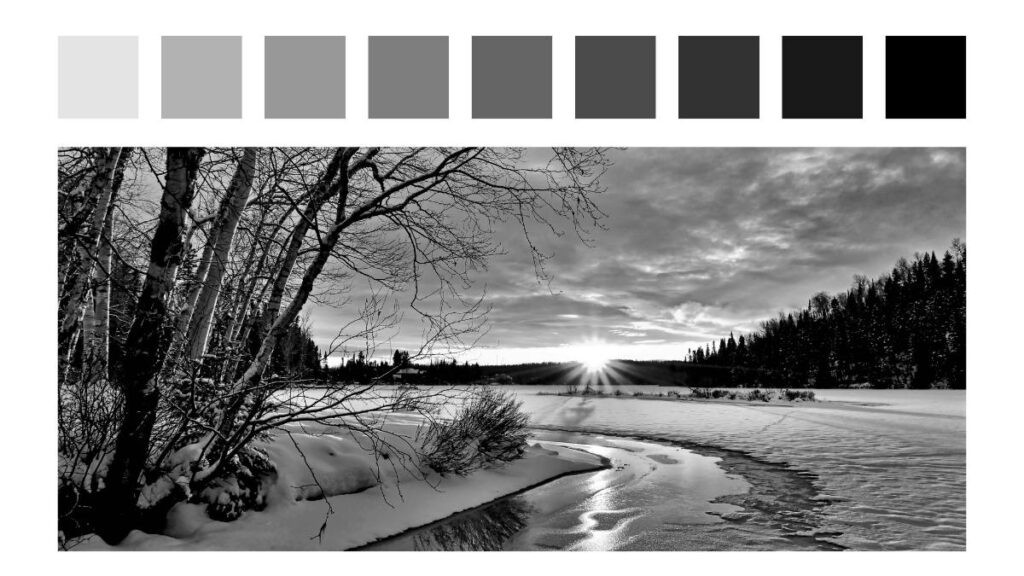
Each medium offers unique charms. Eventually, you’ll want to explore them all. As we at LEARNS.EDU.VN believe, experimentation is key. Many artists work with multiple mediums, each offering something special. This approach not only makes learning fun but also intrinsically motivates you.
2. Invest in Quality Paints and Supplies
Using quality paints will significantly improve your color mixing experience. Cheap paints can be frustrating due to their inferior pigment quality.
2.1 Artist-Grade vs. Student-Grade Paints
Artist-grade paints offer better pigment quality, resulting in more vibrant and nuanced colors. However, student-grade paints are a perfectly acceptable starting point for beginners.
LEARNS.EDU.VN Tip: Buy the best quality you can afford without causing anxiety or stinginess. It’s better to paint liberally and often with student-grade paints than to hoard expensive artist-grade paints.
2.2 Canvas Quality
While high-quality canvases are built for longevity, beginners don’t need archival-quality materials.
LEARNS.EDU.VN Tip: Focus on quantity. Buy a lot of inexpensive, small canvas panels to encourage frequent painting. Dollar store canvas panels are perfectly adequate.
2.3 Paper Quality for Water-Based Media
For watercolors, gouache, and pastels, paper quality significantly impacts water absorption and the final painting.
LEARNS.EDU.VN Recommendation: Start with 140-pound watercolor paper that can handle light layering and scrubbing without buckling too much. Save expensive cotton rag papers for later when you feel more confident.
2.4 Pastel Paper
Pastel paper needs “tooth” for the pastel to adhere. Sanded papers, which feel like sandpaper, are ideal.
You can start with regular paper, but layering will be limited. Experiment with watercolor underpaintings or surfaces prepared with pumice acrylic medium or clear gesso.
3. Learn to See in Shapes
Painting is all about seeing. Visual artists learn to perceive shapes. You don’t need to be a skilled drawer to paint.
3.1 Breaking Down Objects Into Shapes
- A house is a square.
- A window is a rectangle.
- A tree trunk is a cylinder.
- A face is an oval.
- A mountain is a triangle.
- A person is a collection of shapes.
The human body is complex due to its numerous shapes. Don’t be discouraged by initial wonky results.
LEARNS.EDU.VN Tip: Start with landscapes. Shapes are easier to identify, and you can achieve pleasing results even with imperfect drawing skills.
LEARNS.EDU.VN Strategy: Begin by breaking down a painting into 5-7 large shapes, then further divide those into smaller shapes before adding details.
4. Master the Basics of Composition
Composition is arranging shapes on a canvas to create a visually appealing design. It directs the viewer’s eye through the painting.
4.1 The Rule of Thirds
The ancient Greeks developed the Golden Ratio, a mathematical formula for pleasing compositions. A simplified version is the Rule of Thirds.
Most beginners place the main subject in the center. However, off-center placement is generally more appealing and adds movement.
How to Use the Rule of Thirds:
- Divide the canvas into a tic-tac-toe grid.
- Place the focal point (main subject) where two lines intersect.
- Avoid placing the horizon line in the middle; use one of the horizontal lines.
5. Start With a Limited Color Palette
You don’t need many paint tubes to create beautiful paintings. A limited palette helps prevent garish results and promotes harmonious color mixing.
5.1 The Split Primary Color Palette
This popular palette allows you to mix almost any color.
- Cool yellow, cool red, cool blue
- Warm yellow, warm red, warm blue
- Titanium White
5.2 Warm and Cool Colors
Color temperature is the perception of colors as warm or cool.
- Cool colors: Lemon yellow, icy blue, minty green (shadows, morning light, cloudy days)
- Warm colors: Sunflower yellow, fiery red, tropical blue (sunlight, late afternoon sun)
Combining cool and warm temperatures can create stunning color combinations.
5.3 Optional Additional Colors:
- Purple or magenta (difficult to mix)
- Phthalo or viridian green (for landscapes)
- Yellow ochre (sunny highlights, canvas toning)
- Browns (canvas toning; mixed with ultramarine blue, makes a good black)
6. Learn Basic Color Theory
While color theory is important, you don’t need an exhaustive knowledge of the physics of light to start painting.
LEARNS.EDU.VN Tip: A little color theory is sufficient for playing, learning to see, and mixing colors. Learning comes from doing.
6.1 Color Mixing Basics
Mix colors as you learned in kindergarten.
- Primary colors: Yellow, blue, red
- Secondary colors:
- Blue + yellow = green
- Yellow + red = orange
- Red + blue = purple
6.2 Complementary Colors
Learn complementary colors, which are opposite each other on the color wheel.
- Blue and orange
- Yellow and purple
- Green and red
6.3 Magical Properties of Complementary Colors
- Mixing: Tones down a color, creating subtle variations and backgrounds.
- Mixing: Creates blacks and grays.
- Placement: Creates vibration, drawing attention to the focal point.
7. Learn to See Values
“Values do all the work, but color gets all the credit.” If a painting isn’t working, it’s often the values that are off, not the color.
Values are the lightness and darkness of a color. Imagine a range from the lightest (almost white) to the darkest (almost black), with eight steps in between.
7.1 Value Awareness
Most beginners don’t use enough values, resulting in flat, cartoonish paintings.
To see values more clearly, convert your photo to black and white in a photo editor.
LEARNS.EDU.VN Tip: Take a short break (30 minutes or a day) to look at your painting with fresh eyes.
8. Learn the Basic Painting Process
This can be tricky for beginners. Many instructors skip over this, assuming a level of experience you may not have.
That’s why we at LEARNS.EDU.VN are committed to providing a clear, step-by-step process for beginner oil painters.
While the process is geared toward oil painting, it works for acrylic, gouache, and pastel as well. For watercolor, reverse the order, starting with lights and ending with darks.
9. Paint Small and Often
Switching to mini paintings can accelerate your learning.
9.1 Advantages of Painting Small
- They can be finished quickly. A 5″x7″ painting takes about an hour or two. The more paintings you finish, the faster you’ll learn. Mastery depends on quantity.
- It’s an economical way to learn. A large canvas can be costly, creating anxiety. A 5″x7″ canvas panel is inexpensive.
- When you paint small, you can experiment with new tools, techniques, and exercises. You’ll take more risks, explore freely, and learn the principles of fine art more quickly.
Everything you learn applies to larger paintings—the principles of art are the same. Stock up on 5″x7″ or 8″x8″ canvas panels and paint small and often.
10. Stay Playful!
Play is how we learn best, regardless of age.
“Play is a strategy for learning at any age.”
Mara Krechevsky, Project Zero researcher
Too much theory can stifle excitement. Beginners should engage with the paint as soon as possible to start playing.
Follow your curiosity and excitement to create a painting practice you love. Stay motivated and excited to keep learning, exploring, and finding your own style.
11. Just Keep Showing Up
Mini steps will get you there!
Master the habit of showing up and taking small, consistent actions. Over time, they will add up to huge results.
When starting a new habit, make it easy—so small you can’t say no. Try a 1-2 minute drawing a day. When it’s easy, it’s easier to overcome resistance. Ease into the habit without feeling overwhelmed.
Then, add one painting session a week.
If you show up every day and try to be just 1% better than the day before, you will be 37 times better at the end of one year, as James Clear says in Atomic Habits.
FAQ: Learn to Paint
1. What are the best art mediums for beginners?
The best art medium for you depends on your personal preferences. Watercolor is easy to clean but hard to master, while oil is forgiving but slow-drying. Experiment to find what you enjoy most.
2. Do I need expensive art supplies to start painting?
No, you don’t need to break the bank. Student-grade paints and inexpensive canvases are perfectly fine for beginners. Focus on practicing frequently.
3. How important is drawing skill for painting?
While drawing skills are helpful, they’re not essential. Painting is about seeing shapes, and you can learn to identify and replicate them even without formal drawing training.
4. What is composition, and why is it important?
Composition is the arrangement of elements in a painting to create a visually pleasing design. It guides the viewer’s eye and enhances the overall impact of the artwork.
5. What is a limited color palette, and how does it help beginners?
A limited color palette involves using a small selection of colors to create a harmonious painting. It simplifies color mixing and helps beginners avoid garish results.
6. How much color theory do I need to know as a beginner?
You only need a basic understanding of color theory, including primary colors, secondary colors, and complementary colors. The best way to learn is through hands-on practice.
7. What are values, and why are they important in painting?
Values refer to the lightness and darkness of a color. They are crucial for creating depth, form, and contrast in a painting.
8. What is the best way to practice painting as a beginner?
Paint small and often. This allows you to experiment, learn quickly, and avoid feeling overwhelmed. Consistency is key to improving your skills.
9. How can I stay motivated and avoid getting discouraged?
Focus on having fun and exploring your creativity. Don’t be afraid to make mistakes, and celebrate your progress along the way.
10. Where can I find reliable resources for learning to paint?
LEARNS.EDU.VN offers a wealth of resources for artists of all levels. Visit our website to find tutorials, articles, and courses designed to help you develop your skills and unleash your artistic potential.
Ready to unleash your inner artist? Whether you’re looking for structured lessons, personalized guidance, or a vibrant community of fellow learners, LEARNS.EDU.VN is your ultimate destination. Visit LEARNS.EDU.VN today to explore our comprehensive collection of resources and embark on a transformative learning experience.
Address: 123 Education Way, Learnville, CA 90210, United States
WhatsApp: +1 555-555-1212
Website: learns.edu.vn
